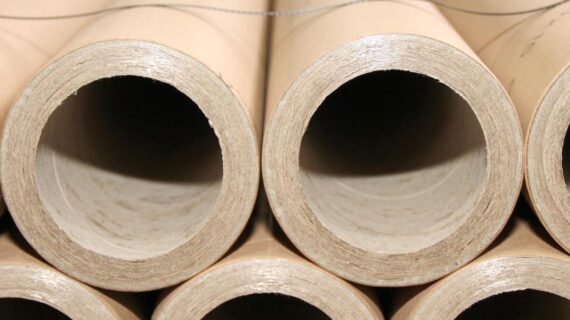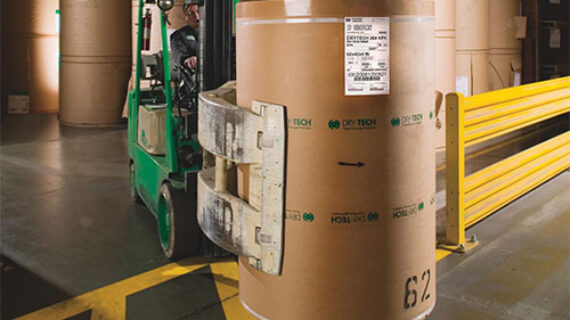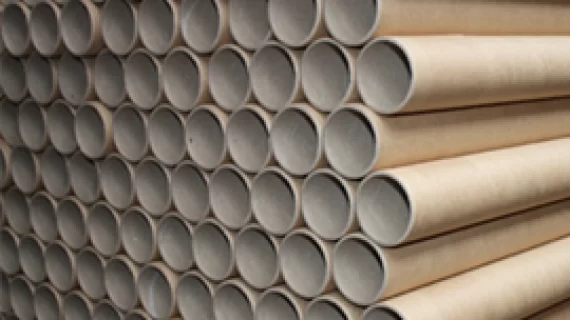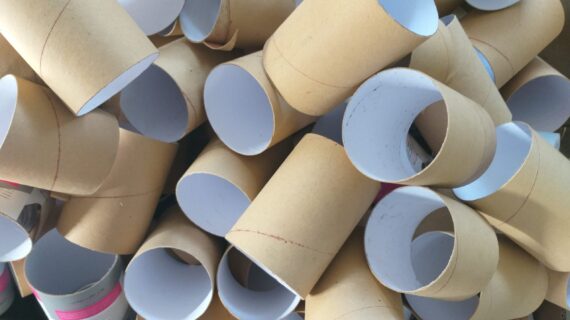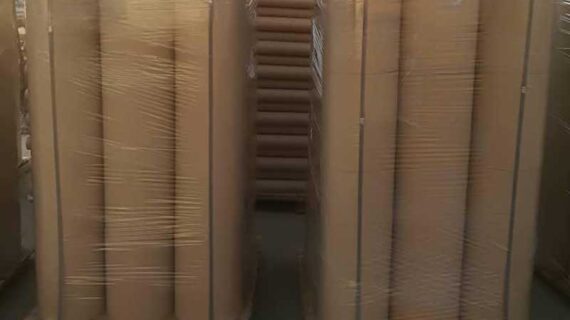Paper and cardboard recycling
Recycling is the process of converting used materials into new products. Paper and cardboard can be valuable recycled materials. Paper and cardboard are made from cellulose fibers made from trees. These trees are sometimes grown on special farms, but they also come from forests. Paper and cardboard recycling require less energy than new paper and cardboard production. By recycling paper and cardboard, both in energy consumption and in raw materials. We save money, but of course, this can be achieved if sorted correctly.
The most common cardboard you’ll come across is corrugated board and tube cardboard, as well as cardboard used for food and beverage packaging. This includes things like cereal boxes, egg cartons, and cartons. More Packaging Some of these can be recycled, but consumers should always check with their local authorities.
 do not forget …
do not forget …
You cannot recycle contaminated cardboard that contains food, paint, or soil.
For recycling, you must remove materials such as packing tape, polystyrene inserts, staples, etc. from the cardboard packaging.
The greeting cards you receive that have glitter are also not recyclable.
paper recycling
Just like cardboard, you can easily recycle paper, but it must be clean when it enters the recycling stream. Safe paper products that you can recycle include:
newspapers
Magazines and brochures
White and brown paper (such as computer paper or package packaging)
shredded paper
Envelopes
 Every time paper is recycled, the cellulose fibers shrink and lose their strength. This means that new fibers must always be mixed with the recycled content. Paper can usually be recycled 8 times.
Every time paper is recycled, the cellulose fibers shrink and lose their strength. This means that new fibers must always be mixed with the recycled content. Paper can usually be recycled 8 times.
do not forget …
 Just like cardboard, you can’t recycle soiled paper. Grease-stained paper, shiny gift wrap, shouldn’t be put in your recycling.
Just like cardboard, you can’t recycle soiled paper. Grease-stained paper, shiny gift wrap, shouldn’t be put in your recycling.
You cannot recycle wipes.



